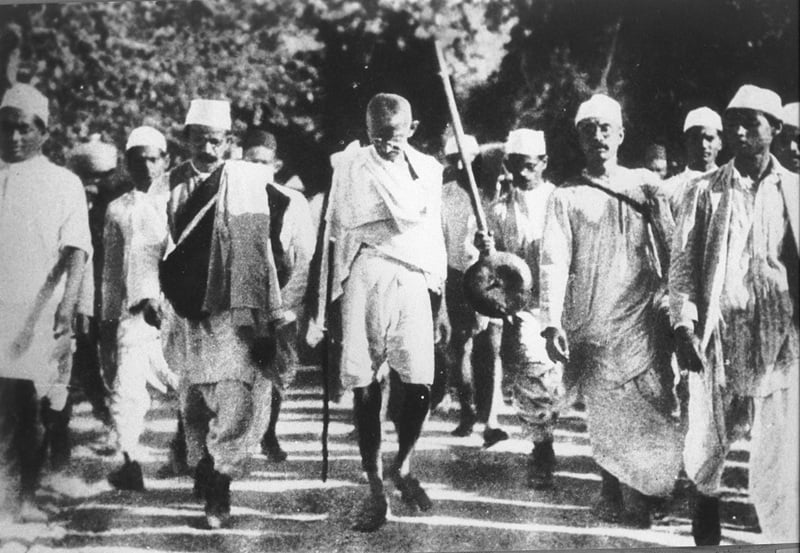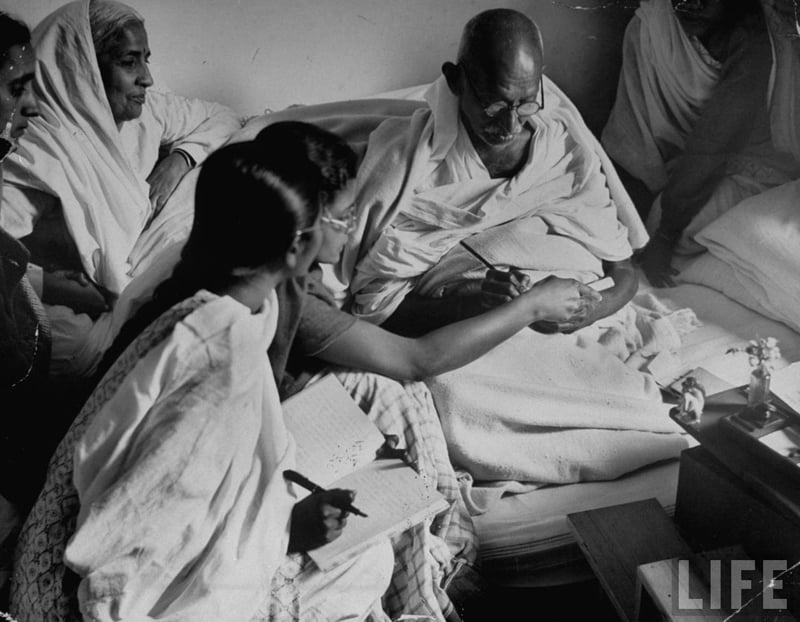Ghandi’s Hunger Strikes, And Kinda His Whole Life

Source: Beautiful Trouble
From the ancient Greeks to protesters in Tiananmen Square, hunger strikes have been used by many to implement real change, but none have used it to greater effect than Mohandas Gandhi. Quite possibly the most skilled protester in human history, Gandhi was no stranger to fighting on his own. His famous Salt March in 1930 drew international sympathy for Indian independence, and even inspired Martin Luther King in his own use of non-violent protest. It is hard to consider it a one-man protest, however, since wherever Gandhi went to gather salt, tens of thousands trailed behind him, either in support of the cause or just to see the one they called the Mahatma.

Source: Yahoo
As autonomous sentiment grew among the native Indians (which at the time included Muslim Pakistanis), so too did Gandhi’s popularity. Seen by many the world over as the leader of an independent India, Gandhi would periodically risk his life through intentional starvation, knowing that the ruling British wouldn’t risk the consequences of letting him die. The tactic was particularly useful whenever he had been imprisoned, as it would have been extremely embarrassing for the anti-fascist UK to let a freedom fighter die under their watch. Gandhi’s only concern as far as fasting was concerned was that people might become desensitized to his use of it.
Between 1918 and 1948, Gandhi engaged in hunger strikes that lasted only a few days to many weeks. His first fast in 1918 was in support of mill workers in Ahmedabad, and after only three days he had earned them a raise of 35 cents. In 1924, he fasted for three weeks as tensions between Hindus and Muslims approached a breaking point, and again eight years later to protest a British plan to balkanize the existing political parties. His final strike in 1948 was another attempt to reconcile the Hindu and Muslim populations, but even Gandhi was powerless to stop that.
http://www.youtube.com/watch?v=oh7iE4aIhRw





